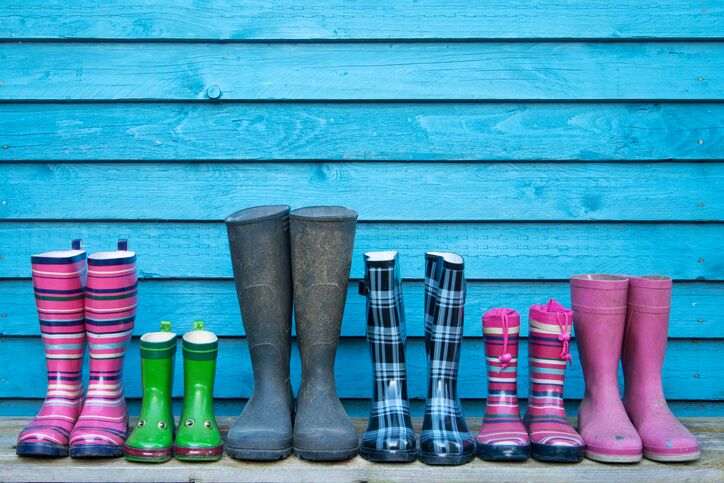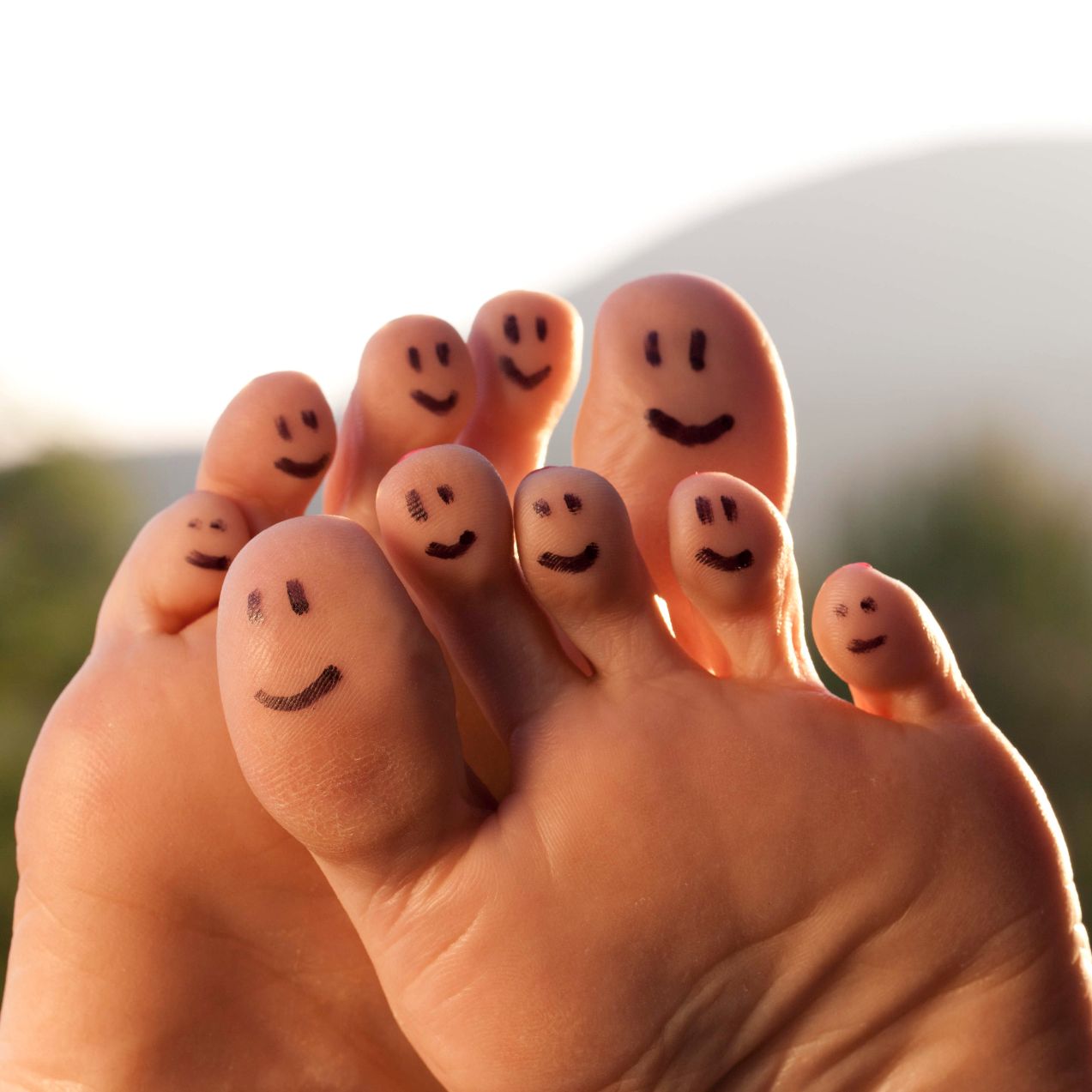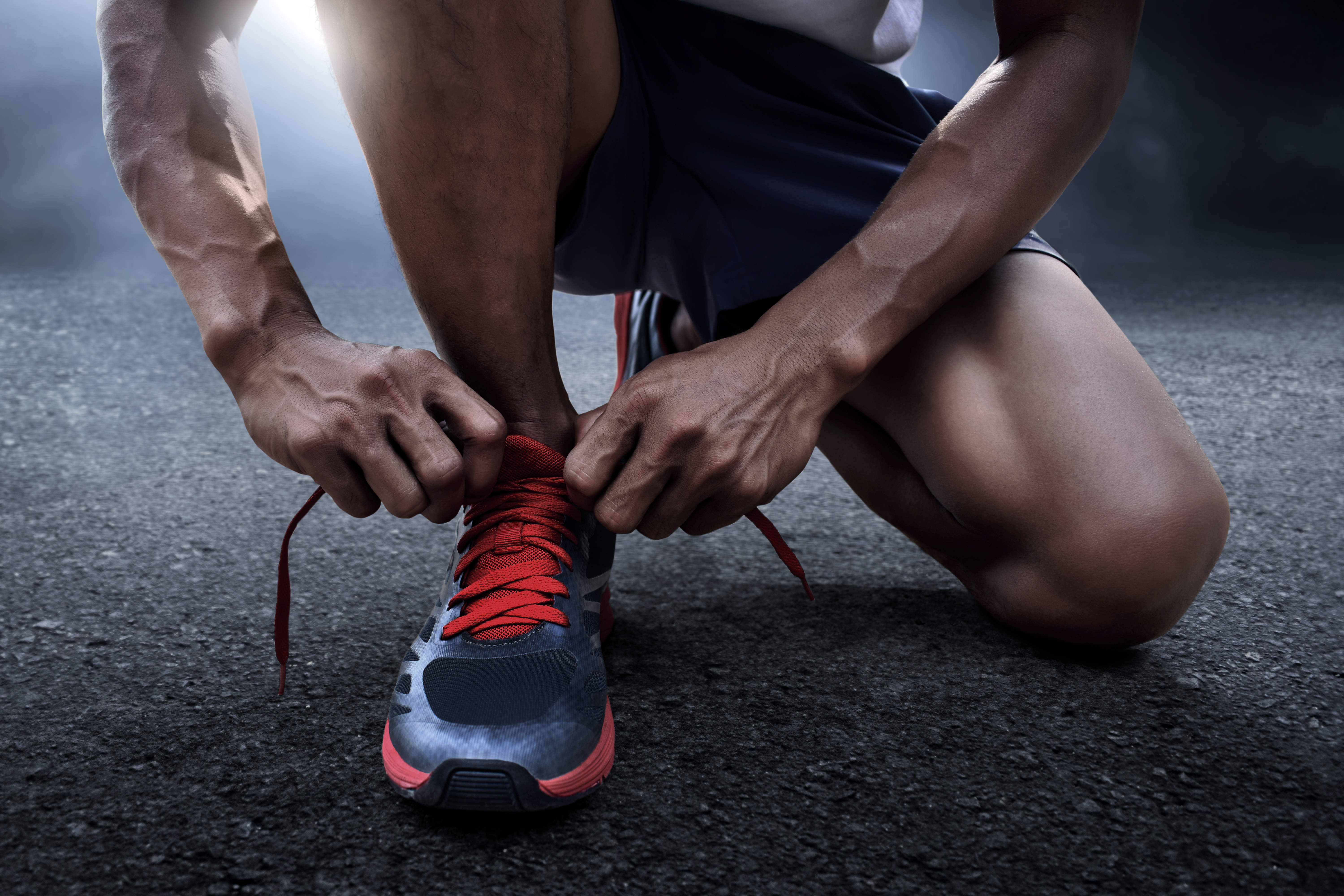There are some very simple steps that everyone can take to keep their feet healthy and sound throughout their life.
Wear shoes that fit
A surprising number of people don’t wear shoes that fit – sometimes knowingly and at other times because people have no idea what their shoe size is. Podiatrists recommend always trying shoes on before buying them and advise buying shoes in the afternoon as this is when your feet are at the biggest as they naturally swell throughout the day. If a shoe fitting service is available, it is worth having your shoes professionally fitted.
Check your feet regularly
Take time to look at your feet regularly to check for any changes or noticeable issues. Common symptoms to look out for are yellow, brittle and discoloured nails which can be a sign of a nail infection, flaky skin which could be dry or red – which can be a symptom of athlete’s foot and any changes to the structure of the foot such as swelling where the big toe meets the main part of the foot – this can be a sign that a bunion is developing.Don’t assume flat is best
People are more aware now about the health problems associated with wearing high heeled shoes frequently, but this doesn’t mean it is best to wear a completely flat shoe with a flimsy sole. Slip-on ballet pump style shoes are popular with women as an alternative to high heels, but they are also not great for every day, frequent wear because they are so flat that they offer very little shock absorption or support. Because they are slip-on they don’t hold the foot in place either so cause the toes to claw to hold the foot in place.




